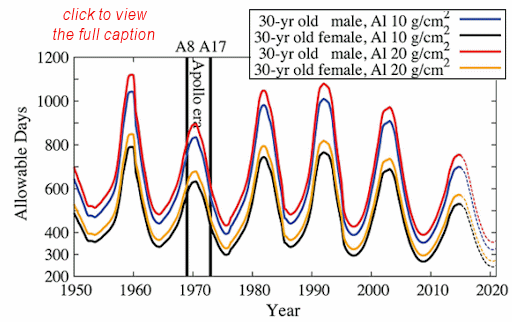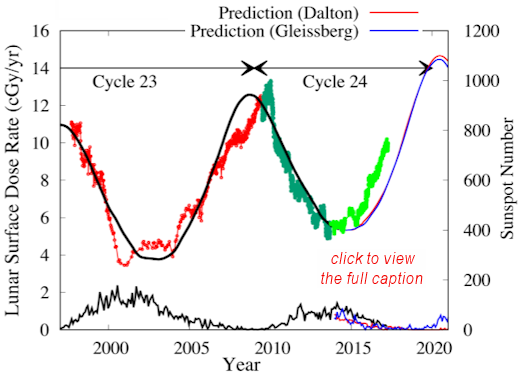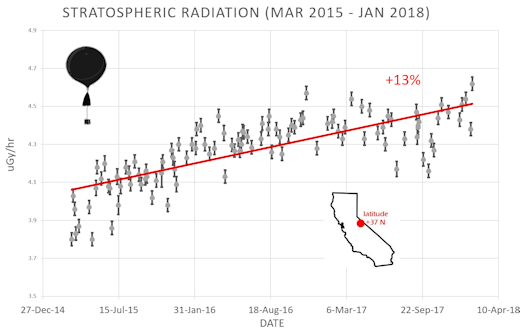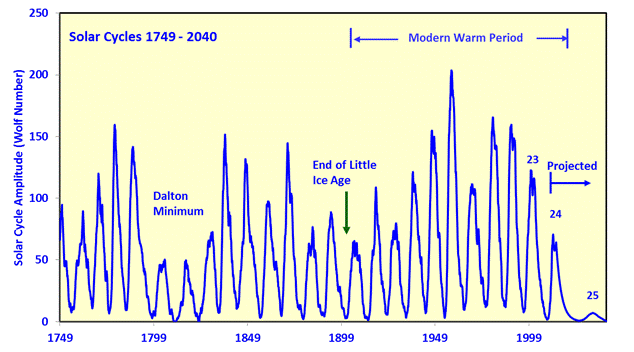http://www.abc.net.au/news/science/...ption-saw-some-humans-thrive-on-coast/9532938
Humans thrived in South Africa after catastrophic Toba eruption 74,000 years ago, study suggests
Reporter Belinda Smith
Posted yesterday at 13:55
An erupting volcano.
Today's volcanic eruptions have nothing on the Toba supervolcano's blowout. (Getty Images: moodboard)
Beach-side property might be a luxury today, but living by the seaside may have helped modern humans in South Africa survive the biggest supervolcano eruption of the past 2.5 million years.
Key points:
Effect of Toba supervolcano eruption on climate and humans remains controversial
Some scientists believe modern humans almost became extinct after the eruption
Two South African archaeological sites were found to contain glass shards spat out by the volcano, alongside artefacts
The work suggests resident humans at these sites flourished during and after the blast
The Toba supervolcano, on what is now Sumatra, Indonesia, spewed about 3,000 cubic kilometres of ash, rock and glass in a cataclysmic eruption around 74,000 years ago.
Gases and particles thrust into the atmosphere from the blast blocked the Sun, plunging the planet into a deep winter that lasted years.
With less sunlight to make food for themselves, plants died. Some scientists think this triggered a domino effect which pushed humans to the brink of extinction, killing off all but a few thousand, and creating a "genetic bottleneck".
It's a controversial claim, with other researchers finding no evidence for such a climate catastrophe.
Regardless, at least one part of Africa seemed to shield modern humans from the worst of the winter, a new study suggests.
An international team led by Curtis Marean, an archaeologist at Arizona State University, excavated sites at Pinnacle Point and Vleesbaai on the south coast of South Africa, where modern humans lived when Toba blew its top.
Pinnacle Point archaeological sites.
The Pinnacle Point archaeological sites. Glass shards from Mount Toba were discovered at the PP5-6 location. (Supplied: Erich Fisher)
They found tiny glass shards — magma fragments flung into the atmosphere by Toba — in sediment layers at the sites.
And rather than see evidence the resident humans died out, the team found signs these communities flourished at this time, they reported in the journal Nature.
Beside the seaside
According to the researchers, this is the first time such shards have been successfully discovered from their volcano of origin 9,000 kilometres away. And finding them was no easy feat.
The fine glass shards are around the size of a grain of sand, Zenobia Jacobs, an archaeologist at the University of Wollongong and co-author of the study, said.
A few years ago, a University of Cambridge team found Toba shards in sediment drilled out from under Lake Malawi, around 3,000 kilometres away from the sites.
"Then, we had an inkling it was possible," Professor Jacobs said.
As well as the Toba shards, the team found hundreds of stone tools, bones and other signs of modern human life at the two sites, which are nine kilometres apart.
"[The Pinnacle Point site] is a rock shelter which looks out over the ocean. It's probably where families lived," she said.
Vleesbaai, among the sand dunes, is an open-air site likely used by the shelter's residents.
"Like we do today — go and walk along the dunes and sit down, have a picnic — they did something similar and left artefacts behind," Professor Jacobs said.
'Intense and continuous' habitation
Toba eruption shards are a handy signpost of time, according to Kira Westaway, a luminescence dating expert at Macquarie University.
"They have a very distinct geochemical fingerprint," Dr Westaway, who was not involved in the research, said.
"If you can find it in your sediment, you have what's called a 'marker horizon' where you know it's 74,000 years."
Volcanic glass shard.
A volcanic glass shard from the Toba volcano, found at Pinnacle Point. (Supplied: Racheal Johnsen)
Professor Jacobs and her colleagues used optical luminescence dating, which measures how much time has passed since crystals in sediment layers last saw light, to put together a timeline of human habitation in the area.
If the volcanic winter drove modern humans to near extinction, she expected to see few to no artefacts in the younger layers above the shard-studded sediment.
Instead, the team found loads of bones and tools: "intense and continuous" evidence for human habitation before, during, and well after the Toba blowout.
What's more, the population upgraded their tool-making skills soon after the eruption.
"Immediately after we see the shards, we see there's significant increase in artefact bones and particularly burning," Professor Jacobs said.
"That's also when we saw the small bladelets that we know people deliberately heat-treated to improve their strength.
"So you see this increase in population density, but also the occurrence of interesting technological changes around the changes."
Right place, right time.
Dr Westaway said seeing similar patterns in two separate sites lends weight to the findings these communities continued to thrive during the catastrophic event.
"Instead of painting a picture of global disaster, this [research] puts a new spin on this major event," she said.
So what shielded those populations from Toba-related starvation?
Professor Jacobs suspects a seafood-rich diet may have contributed.
"Shellfish in particular aren't as affected by changes in climate as with terrestrial flora and fauna. It's a reliable resource," she said.
"But if you're in the middle of the country, and there's extinction or change in flora and fauna, it might be more difficult to find enough food sources, or you have to adapt all the time."
The researchers said their work raises the question: Was the modern human population on the South African coast the only group to survive the volcanic winter, or did other pockets in Africa make it through too?
They said this question can now be tackled using the same techniques to check out other African sites.






























